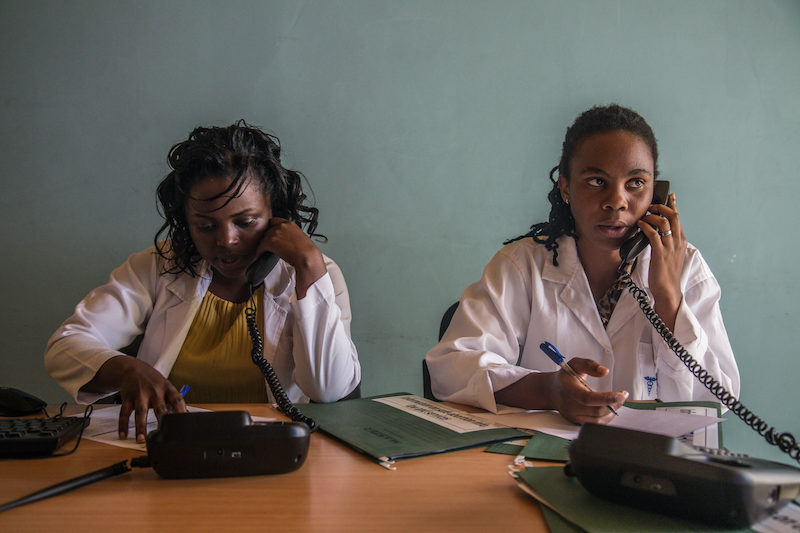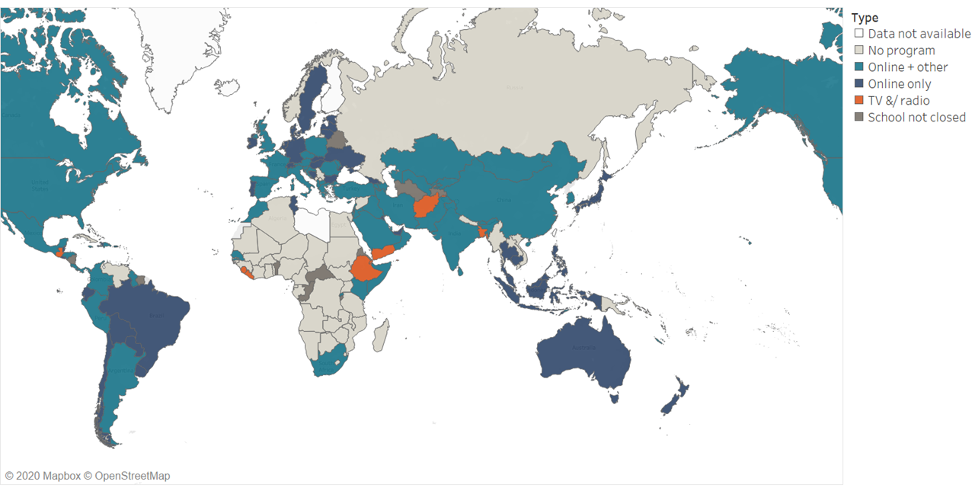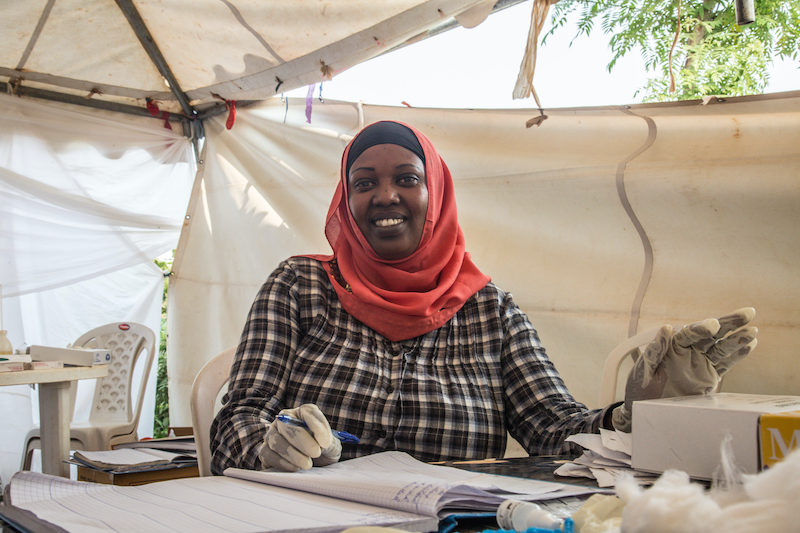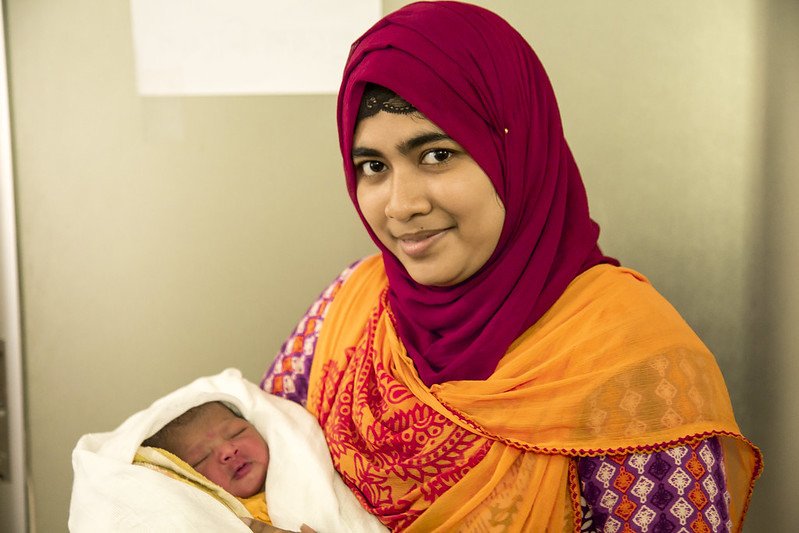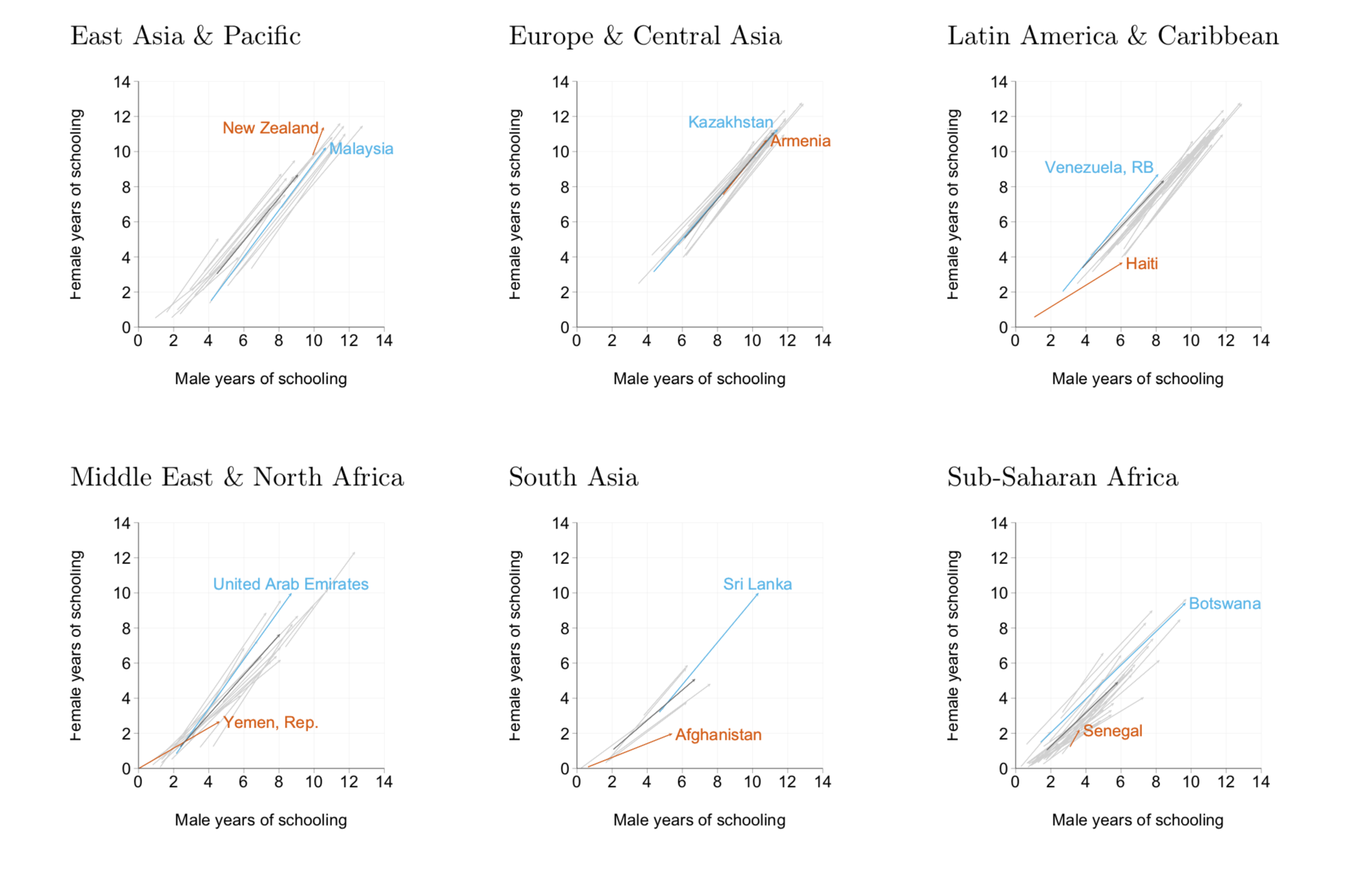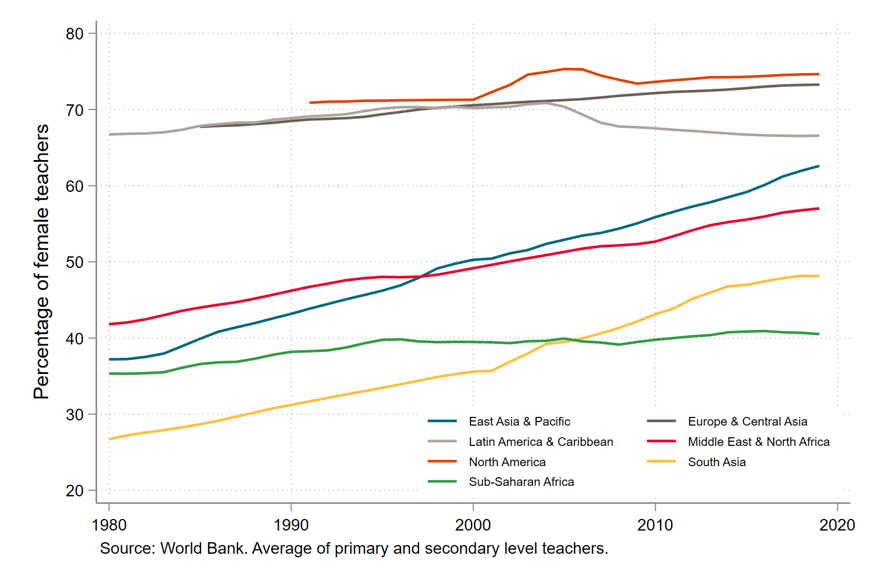Ideas to action: independent research for global prosperity
Gender
More from the Series
WORKING PAPERS
April 01, 2020
Times of economic uncertainty, civil unrest and disaster are linked to a myriad of risk factors for increased violence against women and children (VAW/C). Pandemics are no exception. In fact, the regional or global nature and associated fear and uncertainty associated with pandemics provide an enabl...
Blog Post
March 30, 2020
With more than 1.5 billion students are out of school, COVID-19 school closures could exacerbate existing inequities. In this post we analyse what we know (so far) about some of the drivers of inequity—and measures taken to address them—in different countries, using our open-access database.


